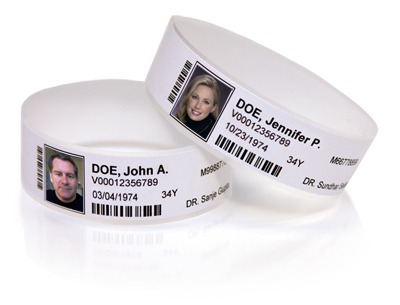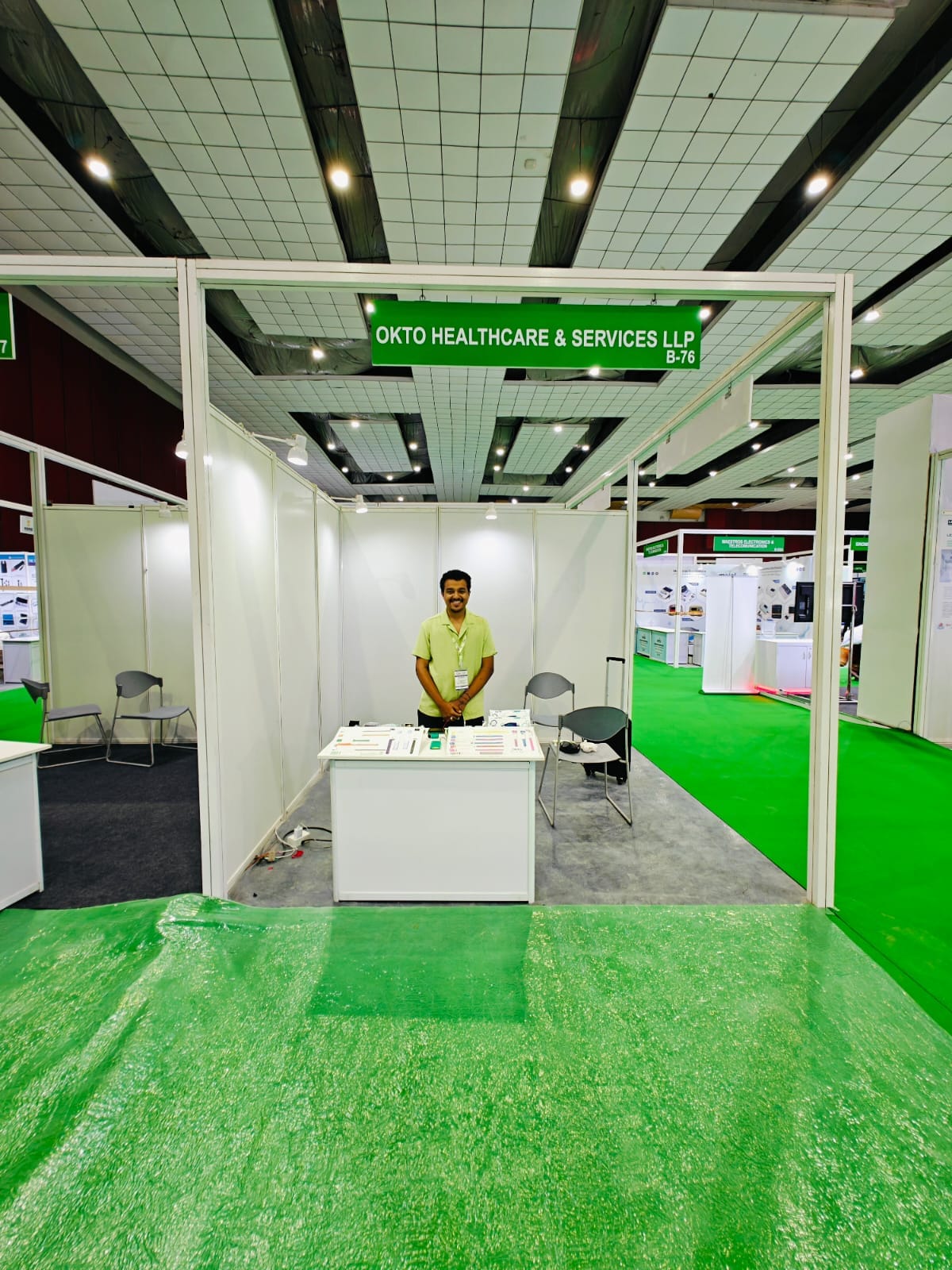How Patient Identification Band Improves the General Patient Experience in Healthcare Facilities
How Patient Identification Band Improves the General Patient Experience in Healthcare Facilities
Blog Article
Patient Identification Bands: A Key Tool for Improved Medical Accuracy
Patient recognition bands represent a critical part in the pursuit of medical precision and individual security within healthcare atmospheres. The real degree of their effect on client outcomes and overall health care top quality warrants further assessment.

Importance of Client Identification
Individual identification is an important component of healthcare that ensures the safety and precision of clinical treatment. Proper recognition methods are necessary to stop medical errors, which can result in damaging individual results, including inaccurate medicine management, misdiagnosis, or unacceptable therapy strategies. The value of accurate patient recognition can not be overemphasized, as it serves as the structure for efficient communication amongst doctor.
In settings where several patients are obtaining treatment at the same time, the threat of identity complication boosts. Implementing durable recognition systems helps mitigate these dangers and improves client security. Patient Identification Band. Exact identification adds to the stability of medical records, making certain that patient histories, allergies, and previous treatments are correctly connected to the right person.
Additionally, conformity with regulative requirements and accreditation demands often mandates rigid patient recognition procedures, promoting a society of responsibility and quality care. Inevitably, the value of person identification transcends plain administrative jobs; it is a fundamental element of delivering top quality healthcare that focuses on patient safety and boosts medical outcomes. Buying efficient recognition techniques is not simply advantageous-- it's essential in today's complicated health care landscape.
Kinds Of Client Identification Bands
In health care setups, different types of client identification bands are used to guarantee precise identification and enhance security. These bands act as a critical tool in stopping medical mistakes associated with client misidentification.
The most common kind is the basic wristband, generally made from long lasting plastic and published with the individual's name, date of birth, and a distinct identification number. These wristbands are commonly color-coded to share specific information, such as allergies or various other clinical problems.
One more type is the barcode wristband, which includes a scannable barcode connected to the patient's digital health and wellness record. This innovation enables efficient data access and confirmation throughout medication management and various other clinical procedures.
In Addition, RFID (Superhigh Frequency Identification) bands are ending up being progressively prominent. These bands can connect wirelessly with healthcare facility systems, enabling real-time monitoring and identification of patients, thereby improving and streamlining operations client security.

Advantages for Healthcare Suppliers
Using individual identification bands offers significant benefits for medical care service providers, enhancing both functional effectiveness and client safety. These bands function as a critical device in improving patient monitoring procedures (Patient Identification Band). By making sure accurate recognition, medical care suppliers can decrease the risk of management mistakes, such as mislabeling samples or misdirecting treatments, which can lead to pricey hold-ups and issues
Furthermore, individual recognition bands help with smooth interaction amongst the healthcare team. With readily accessible and standard patient info, suppliers can make educated decisions rapidly, improving overall operations. This efficiency is specifically crucial in high-pressure environments such as emergency situation divisions, where time-sensitive interventions are crucial.
The implementation of recognition bands additionally sustains conformity with regulatory requirements and ideal methods, therefore lessening the threat of legal repercussions coming from recognition mistakes. The use of these bands enhances information precision in electronic health and wellness records, leading to much better treatment coordination and connection.
Effect On Client Safety
Exact person identification is a foundation of health care security, dramatically reducing the probability of errors that can compromise client well-being. The use of client identification bands is necessary in making certain that each person obtains the proper therapy, drugs, and treatments. These bands act as a trusted reference point for medical care professionals, minimizing the threat of misidentification, which can bring about significant effects such as wrong medicine administration or surgical errors.
The execution of standard individual recognition bands adds to a culture of safety and security within medical care settings. By supplying clear, quickly understandable info, these bands help to reinforce the importance of verifying person identification at every stage of care. Additionally, they assist in interaction among employee, ensuring that everyone entailed in a person's care understands their certain requirements and requirements.
On top of that, using patient recognition bands can boost the precision of electronic wellness records, even more decreasing the potential for mistakes - Patient Identification Band. By prioritizing patient safety and security through effective recognition methods, medical care providers can cultivate trust fund and self-confidence among individuals, ultimately resulting in far better scientific outcomes and improved client complete satisfaction. The impact of appropriate individual identification can not be overstated; it is a basic component of top notch medical care delivery
Best Practices for Application
Efficient implementation of patient recognition bands is vital for improving patient safety and security and lessening errors in medical care settings. Staff training is essential; all group members have to comprehend the importance of exact client recognition and the procedures for band application.
2nd, the style of the identification bands need to focus on visibility and durability. Bands need to be easy to review, consist of important person info, and withstand day-to-day wear. Using color-coding can further enhance fast recognition.


Third, incorporating electronic health documents (EHR) with recognition band systems can improve process. Automated notifies for disparities in individual identification can protect against prospective errors prior to they occur.
Finally, conducting normal audits and comments sessions will certainly assist recognize areas for renovation. Engaging team in these discussions imp source cultivates a culture of safety and security and responsibility.
Verdict
In verdict, patient identification bands play a vital duty Read More Here in boosting clinical precision and ensuring patient safety within healthcare systems. Adopting best practices for application promotes a culture of safety, ultimately leading to improved client outcomes and greater trust in healthcare solutions.
Person recognition bands stand for a critical component in the search of clinical precision and individual security within health care atmospheres.Using client identification bands offers significant benefits for medical care carriers, enhancing both functional effectiveness and individual security. By prioritizing person safety and security via effective recognition these details techniques, health care companies can foster trust and self-confidence among patients, inevitably leading to much better medical end results and enhanced client complete satisfaction.Reliable application of patient recognition bands is important for enhancing person security and decreasing errors in medical care settings.In conclusion, individual identification bands play a critical role in boosting medical precision and guaranteeing person safety within medical care systems.
Report this page